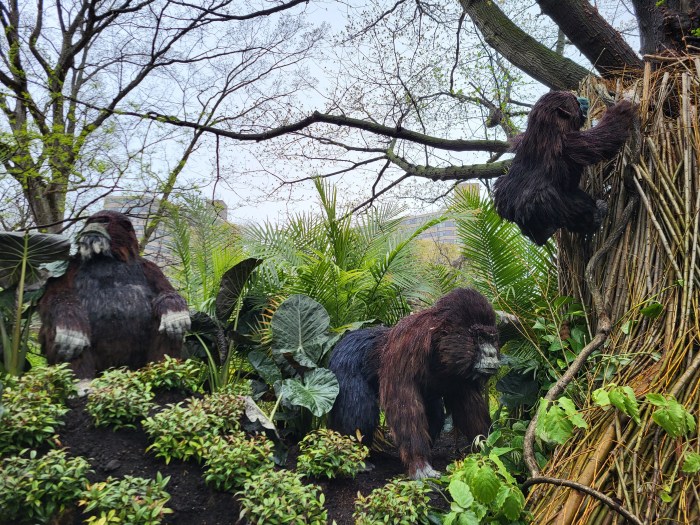Midtown Manhattan may be the most frantically busy and congested part of NYC, but much of the city’s growth and the future are elsewhere. It’s up to NYC and the MTA to plan and connect the locales that go from off the beaten track to off-the-charts desirable and dense.
Recently released MTA 2014 subway ridership figures tell a tale not only of a city but of five boroughs. The biggest increase in ridership — almost 24% — was at Brooklyn’s Marcy Avenue station. There were about 2,800 more swipes per day there last year than in 2013.
That’s not to say there weren’t Manhattan stations with big jumps, though the two that cracked the top 10 were far from midtown: the Bowling Green station and Bowery. Overall, 17 of the 20 stations that saw the biggest ridership increases are in the outer boroughs.
The population pressure that we’ve seen spreading for a decade is going to continue. Growth that began in Williamsburg and Harlem and spread to Bushwick and Astoria and Long Island City is just the beginning.
Parts of the Bronx, outer Brooklyn and the farthest reaches of Queens are bustling. Anywhere you can get a subway ride to Manhattan is now fair game. If it’s one stop, that’s hot, but as pricing pressure on housing builds, even multi-stop rides become desirable. And the subway lines will be strained further.
Innovation is required. Can we get more seats on subways cars, more cars on trains, more trains on tracks and, quite likely, more tracks and more stations?
The 7 train has already been expanded. The X line — a think-tank dream of a subway line from Yankee Stadium, through the Bronx, Queens and Brooklyn, terminating in Bay Ridge — is back on the radar of transportation advocates. Mayor Bill de Blasio wants to extend No. 3 and 4 train service along Utica Avenue through East Flatbush. The city is booming, with subway ridership approaching the postwar peak of 6 million trips a day.
Our transportation has to meet the demands of our booming boroughs.

















